The production of PPR (Polypropylene Random Copolymer) pipe fittings involves several critical steps that transform raw materials into durable, high-quality plumbing components. PPR pipe fittings play an essential role in water supply systems, heating systems, and industrial applications. The production process focuses on precision, quality, and efficiency to ensure that the fittings meet stringent performance standards.
1. Selection of Raw Materials
The process starts with choosing high-quality raw materials. Manufacturers rely on Polypropylene Random Copolymer (PPR) due to its excellent properties such as flexibility, durability, and resistance to high temperatures and corrosion. The PPR granules arrive from trusted suppliers, and the production team ensures that the material meets the necessary specifications.
Before entering the manufacturing process, the PPR granules undergo a drying phase to remove any moisture that might affect the quality of the final product. This preparation ensures that the material melts uniformly in the subsequent steps, providing a consistent base for pipe fitting production.
2. Melting and Extrusion of Pipes
After preparing the PPR granules, the extrusion process begins. During this step, the granules enter an extrusion machine equipped with a heated barrel. The screw inside the machine transports the material forward as it melts under controlled temperatures between 180°C and 240°C.
The molten PPR passes through a die, which shapes it into continuous pipes. These pipes form the base material for creating different types of pipe fittings. The diameter of the pipes varies based on the specific fitting requirements. After the extrusion, the pipes cool down in a water bath to solidify, and then workers cut them into designated lengths.
3. Injection Molding of Fittings
Injection molding remains a key phase in producing PPR pipe fittings. The extruded pipes serve as the base material, and they undergo further processing to create specific fitting shapes such as elbows, tees, reducers, and couplings.
Technicians feed the pre-cut pipes and PPR granules into an injection molding machine. The machine heats the PPR material until it becomes molten. The molten material then moves into a mold, which shapes the fitting according to precise dimensions. Injection molding allows for the production of complex shapes with high precision.
Each mold design varies depending on the type of fitting. For example, an elbow fitting mold features curves, while a tee fitting mold splits the flow of liquid in three directions. After the molten material enters the mold, it cools down, and the fitting solidifies.
The fitting ejects from the mold after cooling, and technicians inspect the pieces for any flaws or imperfections. The accuracy of this step ensures that each fitting fits seamlessly into PPR pipe systems without issues during installation.
4. Machining and Trimming
Once the fittings release from the mold, the next step involves machining and trimming. Workers remove excess material, known as “flash,” that forms along the edges of the fittings during the molding process. This step ensures that each fitting has smooth surfaces without sharp edges or irregularities.
Technicians use specialized machines to cut away any excess plastic and create the desired finishing. Trimming plays a crucial role in maintaining the functionality and appearance of the fittings. Proper machining ensures that the fittings perform well during fusion and installation.
5. Dimensional Testing and Quality Control
Ensuring dimensional accuracy stands as one of the most crucial steps in the production of PPR pipe fittings. Technicians measure the diameter, thickness, and socket depth of each fitting. Any dimensional inconsistencies can lead to improper joining, resulting in leaks or system failures.
During the production process, workers frequently check the fittings to maintain consistency. Advanced measuring tools such as calipers, gauges, and laser scanners assist in checking the fittings for accuracy. This attention to detail minimizes errors and ensures that each fitting meets the specific requirements of various systems.
In addition to dimensional checks, quality control teams conduct performance tests on a sample of fittings. These tests include pressure testing, where technicians subject the fittings to high pressure to evaluate their resistance to leakage and bursting. Technicians also test the thermal properties of the fittings to ensure they can withstand temperature variations without cracking or deforming.
6. Socket Fusion Preparation
Many PPR pipe fittings connect using the socket fusion technique. In preparation for this step, the fittings undergo a surface finishing process. The inner surface of the fitting sockets must remain smooth and clean to allow for proper fusion during installation.
Technicians check the smoothness and cleanliness of the socket surfaces, ensuring that they meet strict tolerances. This process ensures that the fitting fuses correctly with the pipe, creating a leak-free and strong bond. Workers polish or treat any rough or irregular surfaces to improve the fusion process and increase the fitting’s performance.
7. Marking and Labeling
Once technicians complete the machining and finishing processes, the fittings undergo marking and labeling. Manufacturers print essential information on the fittings, including the size, pressure rating, material grade, and production date. These markings help installers identify the correct fitting for each application and ensure compatibility with the rest of the plumbing system.
Labeling also includes information about industry certifications and standards that the fittings meet. These standards guarantee that the fittings comply with safety and performance requirements.
8. Packaging and Storage
After marking and labeling, the fittings enter the packaging stage. Workers place the fittings into protective packaging, such as plastic bags, cartons, or boxes, to prevent damage during transportation. Proper packaging safeguards the fittings from dust, moisture, and physical impact.
The packaging often includes barcodes or QR codes to facilitate inventory management. Technicians organize the fittings according to size, type, and batch number for efficient storage and retrieval.
Manufacturers store the packaged fittings in warehouses under controlled conditions to protect them from environmental factors that could compromise their quality. Temperature and humidity levels in the storage area remain controlled to ensure the fittings maintain their structural integrity.
9. Recycling and Waste Management
During the production process, waste materials inevitably accumulate, including leftover plastic and discarded fittings. Manufacturers implement recycling programs to minimize waste and reduce environmental impact. Workers collect the scrap material, which undergoes grinding and reprocessing into granules for reuse in future production.
By incorporating recycling efforts into the production process, manufacturers lower their material costs and contribute to sustainability. Recycling not only benefits the environment but also enhances the efficiency of the production process by reducing the need for virgin materials.
10. Research and Development
The production process for PPR pipe fittings constantly evolves, driven by research and development efforts. Manufacturers continually invest in R&D to enhance the quality, durability, and performance of their fittings. Innovations focus on improving material properties, developing new fitting designs, and refining production techniques.
Material scientists explore the use of additives and advanced polymers to improve the thermal resistance, chemical resistance, and mechanical strength of PPR fittings. New designs aim to optimize flow efficiency and reduce material usage, creating fittings that perform better while minimizing environmental impact.
Additionally, manufacturers look for ways to improve production efficiency. Advanced automation systems and robotics help streamline the extrusion, molding, and finishing processes, increasing output while maintaining quality.
11. Energy Efficiency and Sustainability
Energy efficiency remains a priority in modern PPR pipe fitting production. Manufacturers implement energy-saving technologies in their facilities to lower power consumption and reduce greenhouse gas emissions. This approach benefits both the environment and the bottom line by cutting energy costs.
Innovations such as energy-efficient heating systems in extrusion and molding machines help lower the overall energy consumption of the production process. Manufacturers also adopt renewable energy sources, such as solar or wind power, to further reduce their environmental footprint.
Top 5 PPR Pipe Fittings Manufacturers
| Company | Headquarter/Location | Founded |
| IFAN | ZhuJi,China | 1993 |
| Pntek | NingBo,China | 2011 |
| Inline Plastics, Inc. | California, America | 1996 |
| K. Jabat, Inc. | New Jersey,America | 1973 |
| Speed Field Services | Texas, America | 1973 |
IFAN International Standard on PPR Pipe Fittings
IFAN adheres to a range of international and national standards to ensure the quality and performance of its products. These include the ISO 15874 Series standards and EN 15874 Series standards, which define the requirements for piping systems made of polypropylene (PP). Additionally, IFAN complies with ASTM F2389 for polypropylene pipe fittings, DIN 8077/8078 standards for polypropylene pipes, and the GB/T 18742 Series standards, which apply to piping systems in China. Furthermore, IFAN meets the Brazilian NBR 15884 standards for thermoplastic pipes and fittings used in hot and cold water systems.
Conclusion
The production process for PPR pipe fittings involves several stages, from material selection and extrusion to injection molding, quality control, and packaging. Each step plays a vital role in ensuring the final product meets industry standards and performs well in various applications. Through continuous innovation, recycling efforts, and energy efficiency initiatives, manufacturers produce high-quality PPR pipe fittings that provide long-lasting, reliable solutions for plumbing, heating, and industrial systems.
Connect
IFAN is a Chinese manufacturer of plastic pipes, fittings and valves with 30 years of experience. If you are interest in IFAN copper fittings, copper valves, plastic pipes and fittings, please contact us. IFAN offers you a variety of standard pipes to meet your specific needs. Click below to learn more about IFAN’s wide range of affordable and cost-effective valve products and piping system related products.
We will reply your email or fax within 24 hours.
You can call us at any time if there is any question on our production.
For more information,pls visit our webside https://ifanpro.com/
Pls Mailto: [email protected]
Whatsapp: + 86 19857948982

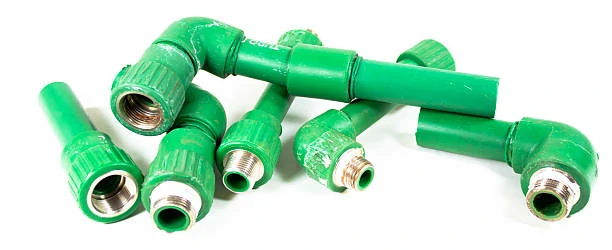
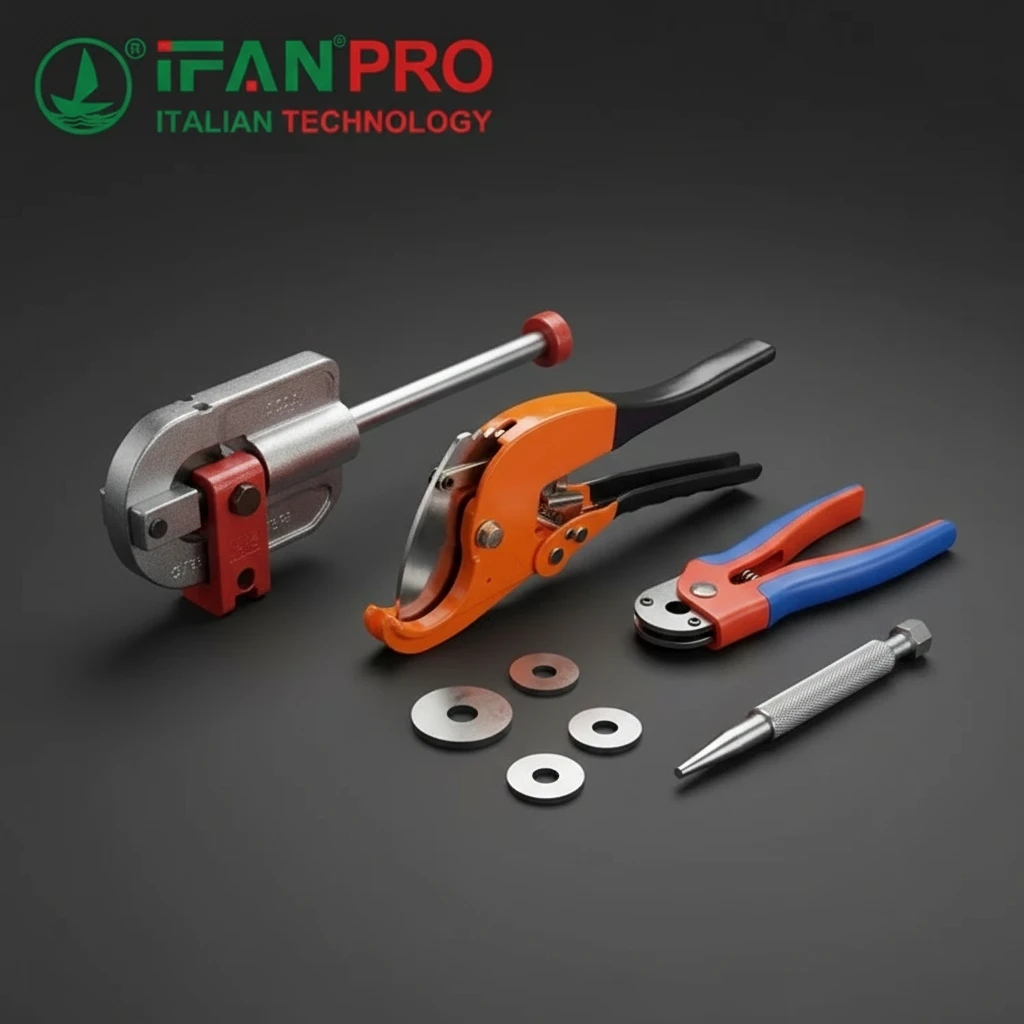

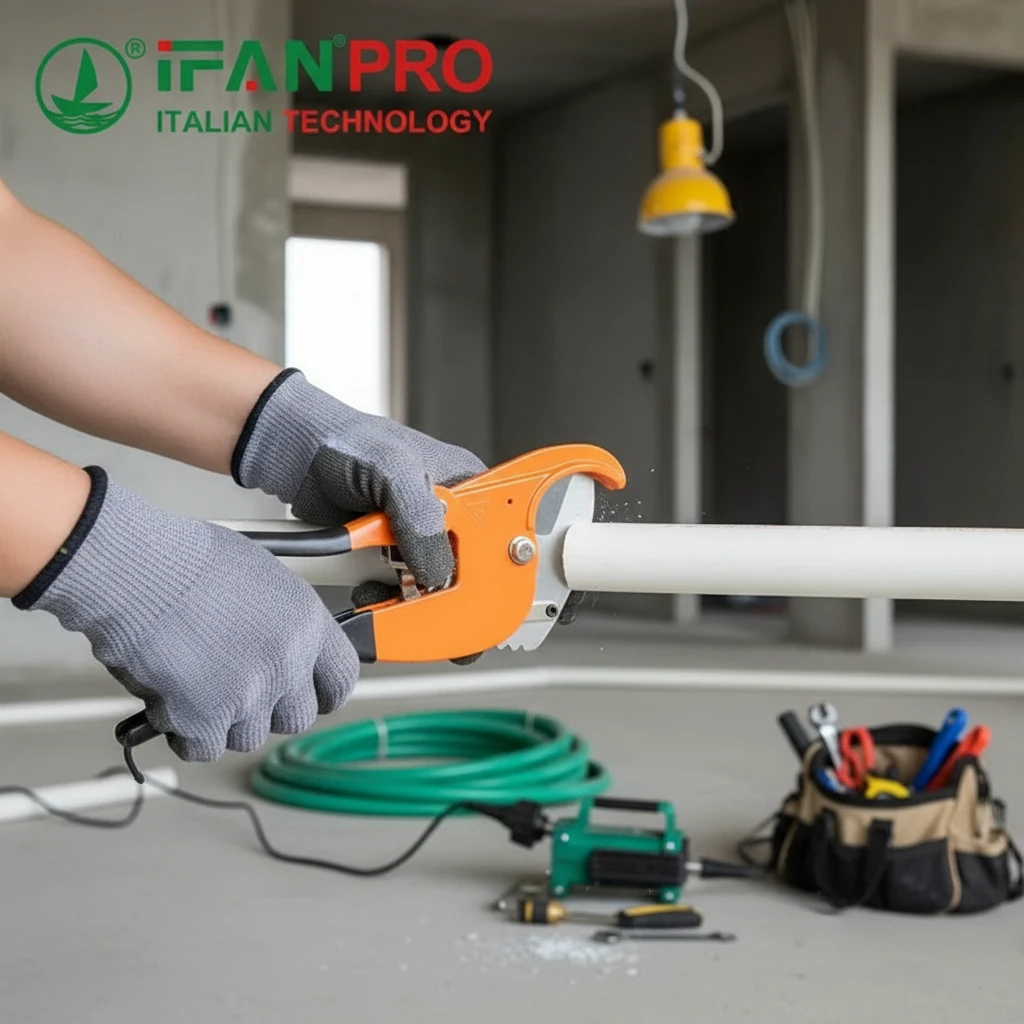
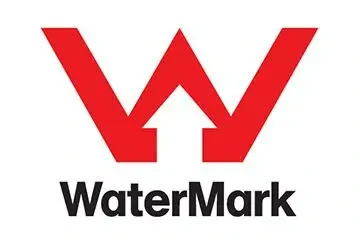

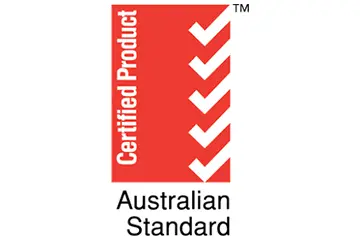
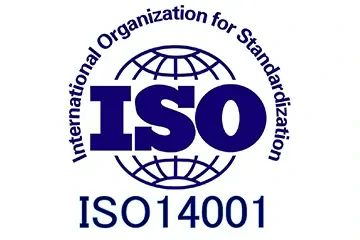
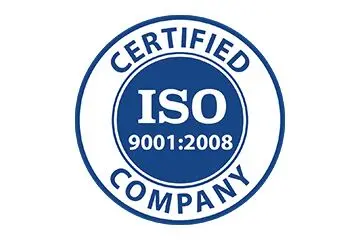
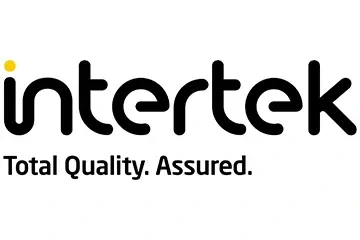
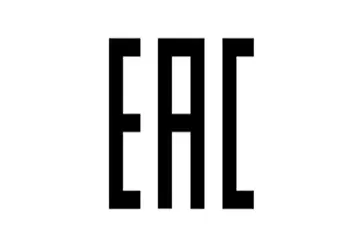
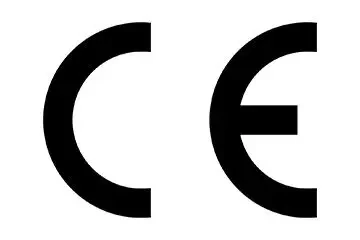
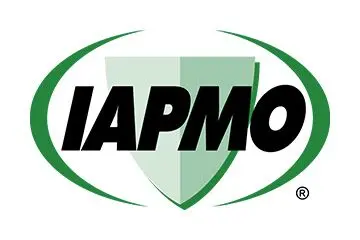
Recent Comments